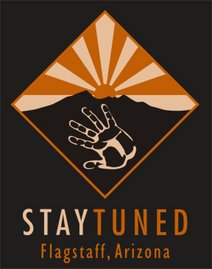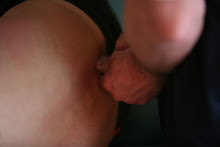 (fig. 1.) Gluteal muscles. These guys get fatigued a bit in the squatting position used frequently in snowboarding. While in the squat, we are using our back foot to maneuver the tail of the board for steering. This position on the foam roller puts glute max on a bit of a stretch , as we roll the tissue all around the sacrum we also touch on the long dorsal sacroiliac ligament. This is crucial in having freedom of movement in the SI joint. In my opinion, it is a wise idea to do some type of straight leg extensions after "opening up" and "turning on" this tissue. This can be done by lying face down and doing straight leg raises.
(fig. 1.) Gluteal muscles. These guys get fatigued a bit in the squatting position used frequently in snowboarding. While in the squat, we are using our back foot to maneuver the tail of the board for steering. This position on the foam roller puts glute max on a bit of a stretch , as we roll the tissue all around the sacrum we also touch on the long dorsal sacroiliac ligament. This is crucial in having freedom of movement in the SI joint. In my opinion, it is a wise idea to do some type of straight leg extensions after "opening up" and "turning on" this tissue. This can be done by lying face down and doing straight leg raises.  (fig.2.) Heinemann, or DH danceman, says he's been getting it in his quadriceps muscles. I agree. Here we roll from above the knee to the hip and back. Easy enough. If you have not used a foam roller in the past, you may be surprised at the depth of pressure you can achieve. Tilt your body left and right a bit to get the lateral and medial tissues of the thigh. An attempt should be made to push the lateral tissues back up to the middle of the bone. Separate the bellies of the 4 quads.
(fig.2.) Heinemann, or DH danceman, says he's been getting it in his quadriceps muscles. I agree. Here we roll from above the knee to the hip and back. Easy enough. If you have not used a foam roller in the past, you may be surprised at the depth of pressure you can achieve. Tilt your body left and right a bit to get the lateral and medial tissues of the thigh. An attempt should be made to push the lateral tissues back up to the middle of the bone. Separate the bellies of the 4 quads.  (fig. 3) Knee pain may be resolved to some degree by paying special attention to the connective tissue around the knee. Just below the knee, on the outside, is the attachment of bicep femoris. This hamstring muscle has been known to cram the tib fib joint closed, reducing the available slide, shock absorbing element of this part of the "knee" joint.
(fig. 3) Knee pain may be resolved to some degree by paying special attention to the connective tissue around the knee. Just below the knee, on the outside, is the attachment of bicep femoris. This hamstring muscle has been known to cram the tib fib joint closed, reducing the available slide, shock absorbing element of this part of the "knee" joint.Use your upper body to provide movement from the knee to the hip. At the top of this movement do get into the tissue of the TFL, tilt slightly forward, All around that IT band tissue.
 (fig. 4) Lats. Latissimus dorsi that is. Very interesting muscle. This dude is attatched to the arm, the low back, and the hip. So it helps in feeding, walking, rotation of the spine, side bending, so we see how this is important in snowboarding. have to eat ya know!
(fig. 4) Lats. Latissimus dorsi that is. Very interesting muscle. This dude is attatched to the arm, the low back, and the hip. So it helps in feeding, walking, rotation of the spine, side bending, so we see how this is important in snowboarding. have to eat ya know! With the arm over head and externally rotated, we roll from around the arm pit, down to the ribs. Watch those floaters at the bottom of the rib basket. The intent is to pull the tissue back to the back to the beat. Get on the back of the "rotator cuff" high at the arm pit. I like to add an enhancer here, internal and external rotation of the humerus.
I hope you find these foam roller techniques useful. If you do not have a roller, you may find one at your local PT department, many massage therapist, running stores, and yoga studios may have them as well. This is a great device to have between massage appointments for at home care. They are cheap, fun, feel good and help create bodily awareness. Have fun with this stuff. Try some balance work. Squats while standing, arms out front. Stand erect doing overhead extensions. Lay on your back, foam roller length wise under spine. try to lift one foot then the other. What do you find. Core.


No comments:
Post a Comment